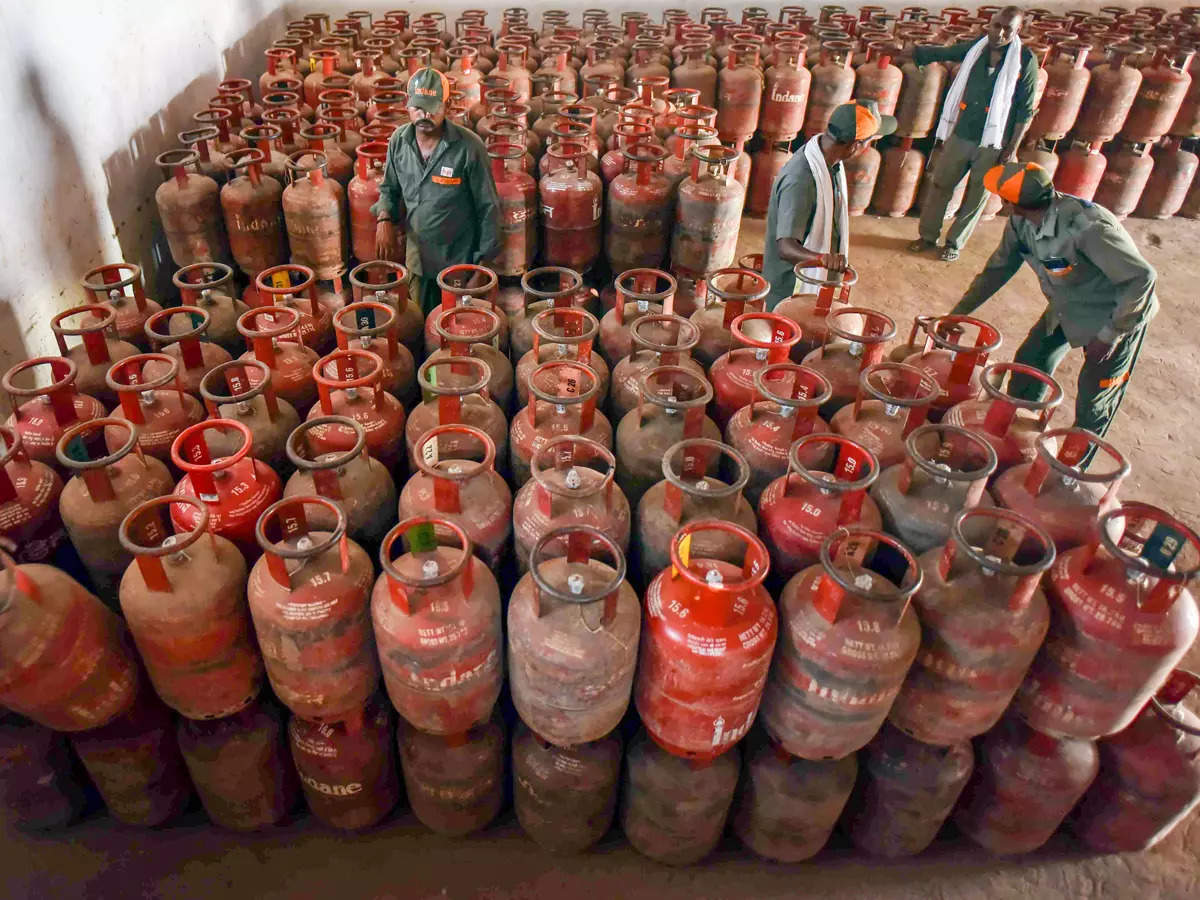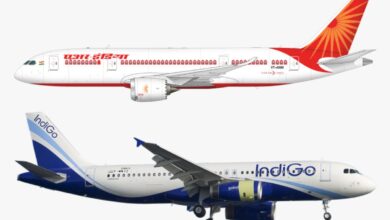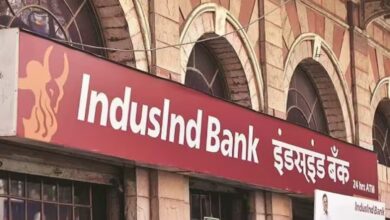Rs 200 Relief Per Cylinder: LPG Refill Price Slashed, OMCs to Absorb Cost

Rs 200 Relief Per Cylinder: LPG Refill Price Slashed, OMCs to Absorb Cost
The price reduction, which the government referred to as a gift from Prime Minister Narendra Modi during the Onam and Raksha Bandhan celebrations, will help more than 310 million domestic LPG customers, including 96 million Pradhan Mantri Ujjwala Yojana (PMUY) recipient households.
In Delhi, a 14.2 kilogramme cylinder will now cost Rs 903, down from Rs 1,103 previously. PMUY beneficiaries, who already receive a Rs 200 subsidy per cylinder for each refill, will pay Rs 703 per cylinder for the refill.

Market watchers report that spot LNG prices have fluctuated between $10 and $14 per metric million British thermal units (mmBtu) so far in 2023, compared to an average price of about $30/MMBtu in 2022.
According to statistics from the Petroleum Planning and Analysis Cell, India imported 26.65 billion standard cubic metres equivalent of LNG in FY23, which indicates that the nation met more than 44% of its natural gas demand through LNG.
The Centre issued a statement in which it stated that “the decrease in cooking gas prices reflects the government’s commitment to prioritise the well-being of its citizens and ensure access to essential commodities at reasonable rates.”
The administration has been concerned in recent weeks over the surge in costs of daily necessities like as vegetables and pulses because half a dozen states conducted elections in November-December. In order to increase local availability, this led to a plethora of supply-side policies and the implementation of export levies. Also scheduled for April or May of next year are general elections.
The government will soon begin providing PMUY connections to 7.5 million women from poor homes who do not already have an LPG connection in order to resolve outstanding PMUY applications and give deposit-free LPG connections to all qualified households. The overall number of PMUY recipients would rise from 96 million to 103.5 million as a result.
In order to minimise subsidies to the poor and freight subsidies for remote locations, the government reduced the budgetary LPG subsidy from Rs 24,172 crore in FY20 to Rs 11,896 crore in FY21. The budgetary outlay on LPG was reduced to barely Rs 3,421 crore in FY22 due to the rationalisation of subsidies.
As a result of the Centre providing PMUY users with a subsidy of Rs 200 per cylinder, the budgetary outlay on this count increased to Rs 6,817 crore in FY23. As the significant price increase could not be passed on to customers, the Centre provided a one-time grant of Rs 22,000 crore to state-run OMCs for domestic LPG under-recoveries in FY23.
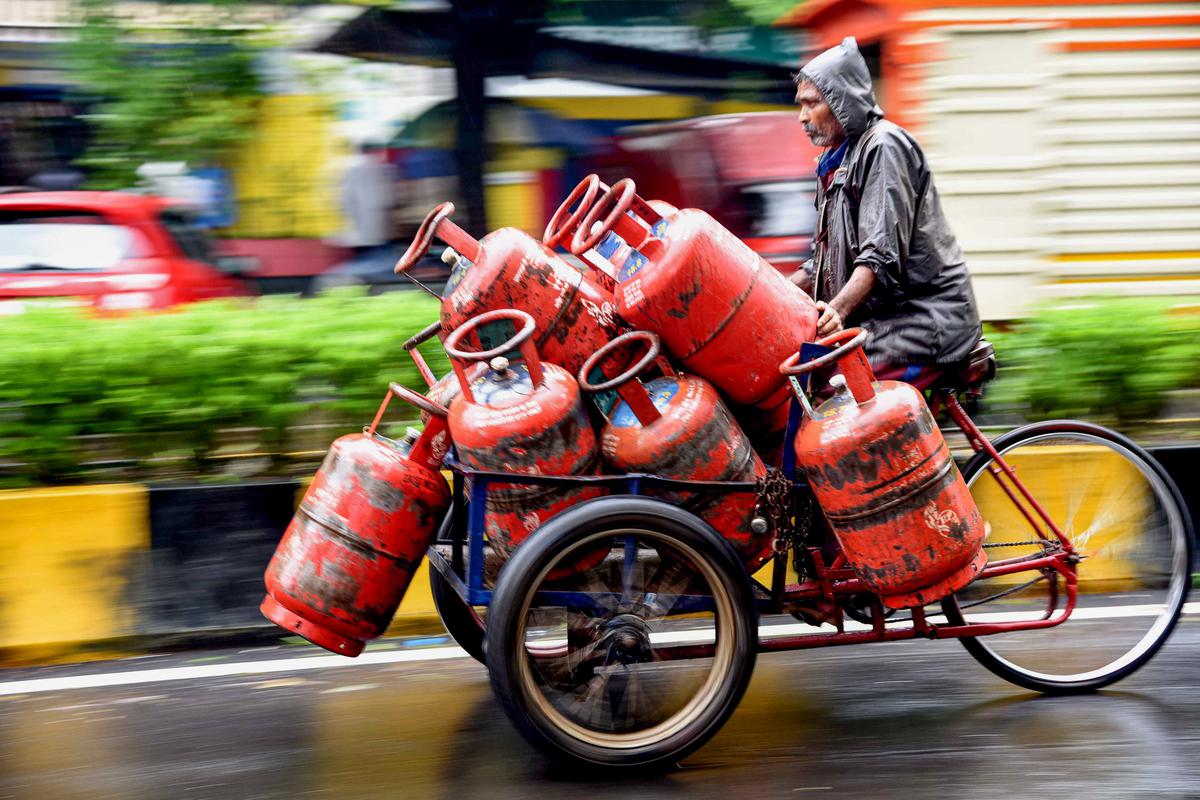
In a landmark decision that is set to bring relief to millions of households across the country, the government has announced a Rs 200 price cut on LPG cylinder refills. The Oil Marketing Companies (OMCs), which include Indian Oil Corporation Ltd. (IOCL), Bharat Petroleum Corporation Ltd. (BPCL), and Hindustan Petroleum Corporation Ltd. (HPCL), will absorb the reduced cost. This move comes at a time when rising inflation and high fuel costs have strained the monthly budgets of families, especially those in lower and middle-income segments.
The price cut aims to alleviate the burden on the common man, who has been grappling with soaring prices for essential commodities, including fuel and cooking gas. Rising global crude oil prices and increased taxes had previously led to an all-time high price for LPG cylinders, making it challenging for people to meet their daily cooking needs. Amid growing public dissent and pressure from advocacy groups, the government has finally acted to cushion the impact on consumers.
The onus of absorbing the Rs 200 relief per cylinder will be on the OMCs. Although details are still emerging, preliminary reports suggest that the companies are likely to counterbalance the price cut through internal adjustments and possibly through a slight increment in other petroleum products. By distributing the financial burden across a range of products and optimizing operational costs, OMCs aim to mitigate the impact of the price cut on their profitability.
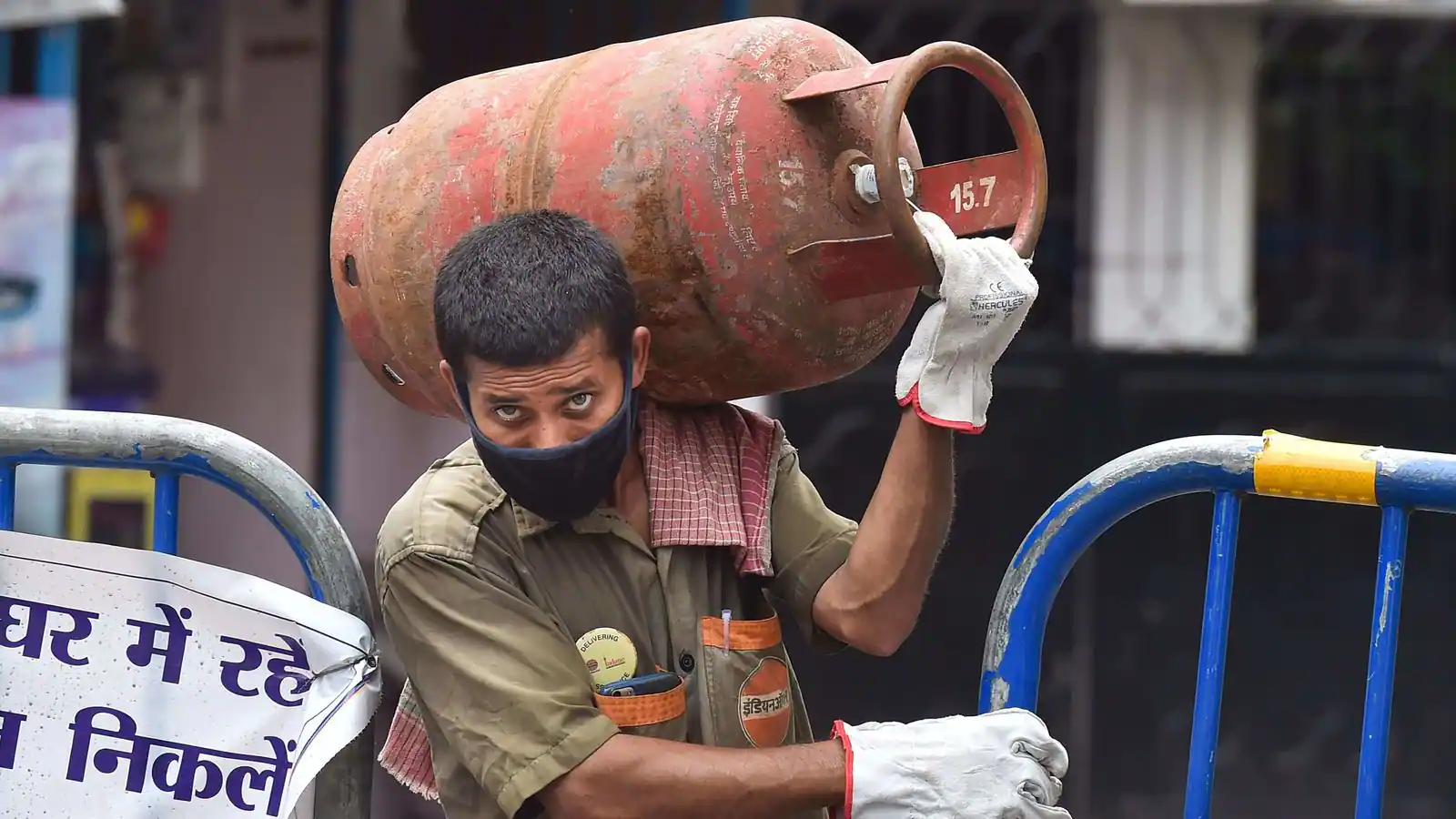
For the average consumer, a Rs 200 reduction in the price of an LPG cylinder is substantial. For families that use multiple cylinders each month, the cumulative annual savings could translate to thousands of rupees. This decision will particularly benefit economically disadvantaged sections of society for whom even small increases in the cost of essential commodities can have a significant impact.
The move also has political ramifications. With several state elections in the horizon, the decision to cut LPG cylinder prices could be a strategic one, aimed at garnering support from the electorate. Although the government has not explicitly stated this, it is likely that this price cut will feature prominently in campaign narratives in the upcoming months.
While the immediate impact is expected to be positive, there are some concerns about the long-term viability of such a subsidy, especially given the fiscal constraints that the government faces. Economists are also keeping an eye on whether the Rs 200 relief will have any macroeconomic implications, such as triggering inflationary pressures elsewhere.

The Rs 200 relief per LPG cylinder comes as a much-needed respite for millions of consumers. By absorbing the cost, OMCs have also demonstrated a level of corporate responsibility towards the society they serve. However, the key to its success will depend on its sustainable implementation and whether it sets a precedent for future price adjustments in essential commodities. Regardless, as of now, the price cut is a welcome move that will help lighten the financial load on households nationwide.

